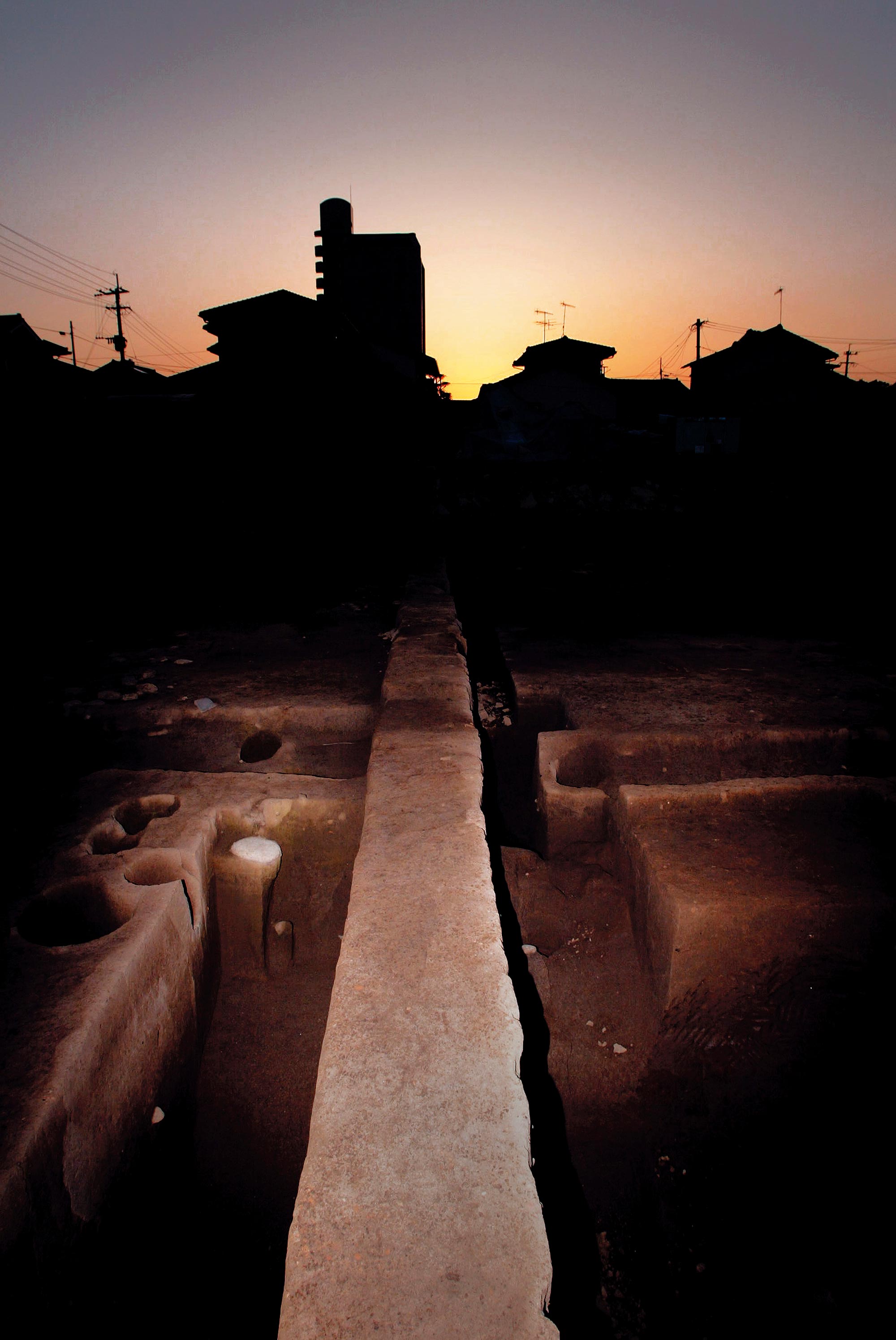

- City of Oita
- Ruins・Ruined Castle
Ruins of the Otomo clan and Nanban Culture
Photography/TAKEUCHI Yasunori
Remains of Prosperity One after Another
About 50 years in the late 16th century, Bungo Funai was the central city of Kyushu. It was the center of the politics and economy of the 6 countries; Buzen, Bungo, Chikuzen, Chikugo, Hizen, and Higo, where prosperous culture and mature society were seen. In addition, it was also a unique city with a distinctive and exotic atmosphere called “Nanban Culture,” which was also known overseas.
”Japan Figure” by a Jesuit from Portuguese Society of Jesus, Luis Teixeira, in 1595 was the very first map of Japan itself, and there is “Bungo” written on the entirety of Kyushu, with Funay, Figi, Xanganoxeque, and Usuqi indicated on the east coast. Those would be Funai, Hiji, Saganoseki, and Usuki.
Bungo Funai was the base of the Otomo clan since the Kamakura to Sengoku period. Above all, their prosperity reached its peak in the days of Yoshishige (Sourin) Otomo. His statue stands tall and still in now-called Shin-Oita Station, and in the Yuho Park, sculptures of the people of Funai who were the first to be exposed to Western theatre, music, surgery, and milk, line up to reminisce the memory from those times.
However, the glory was swept away with the ban on Christianity and the clans dividing into smaller domains in the modern era. There was merely any “evidence” to convey the prosperity of the time then.
In recent years, however, it turned out that the “Funai Kozu (Old Diagram of Funai),” which must have been drawn up from memory, was almost accurate, and many of the remains came to be excavated one after another beginning with the discovery of the ruins of Otomo’s residence.
The town extends to the north and south like a grid on the left bank of Oita River, centering around the Otomo-kan at the current Kentoku 3-choume. The residences of vassals, merchant and artisan districts, a district for foreigners called Toujin Town, and Manjuji Temple where the souls of their ancestors reside, and Daius Hall (Deus Hall – Church of Our Lady of Mercy) line the streets.
Various items were excavated. In addition to ceramic and porcelain ware from international trading, there were also items including tea ceremony goods and toys that tell us about their lifestyles, and medals and rosaries that show their religious beliefs. These became a collection of the Buried Cultural Property Investigation Center of the Prefecture, and you may study them at the Ruins Learning Center of the City.

Medals that show the people’s religious faith.

